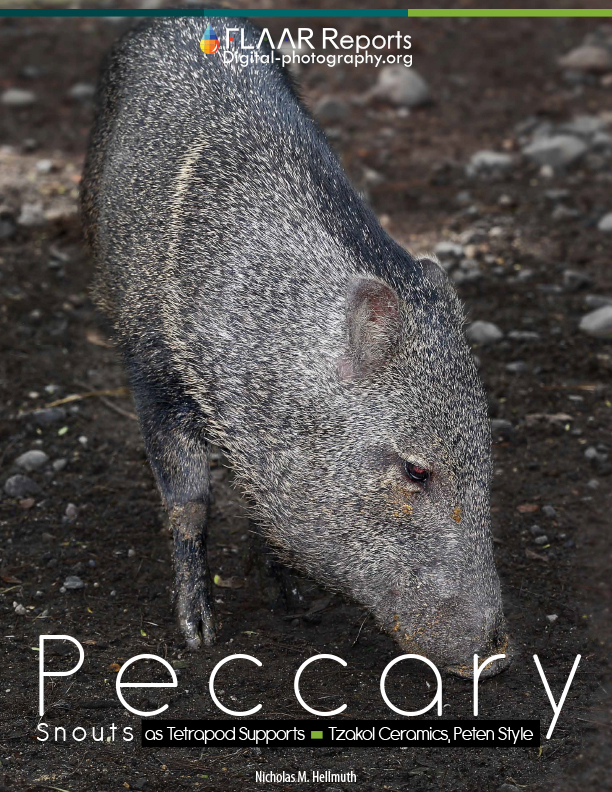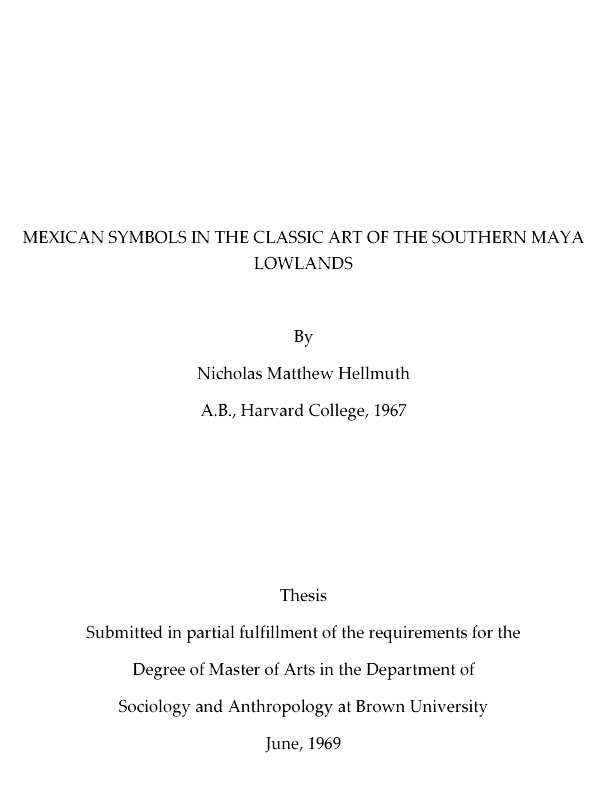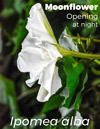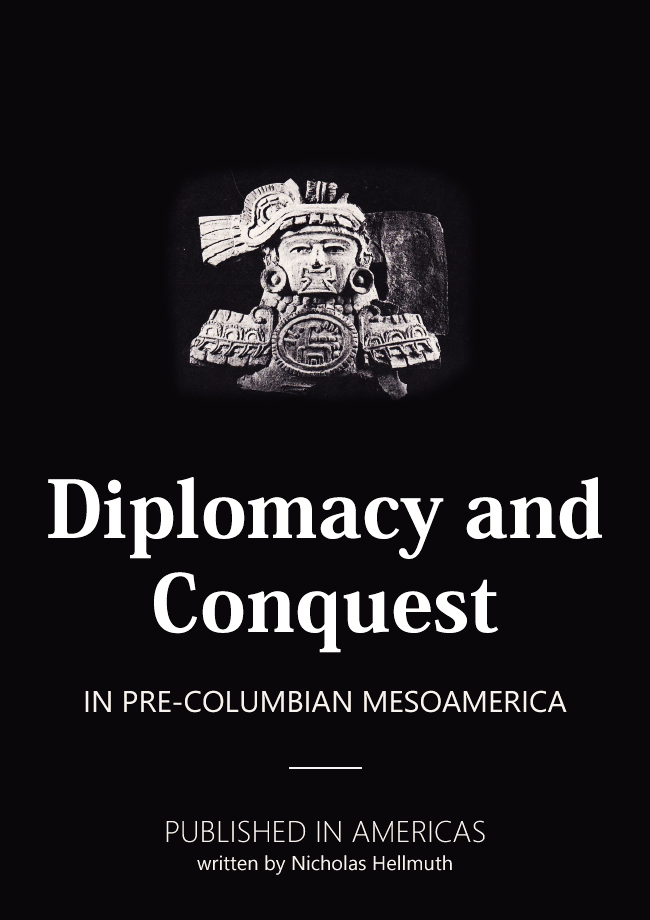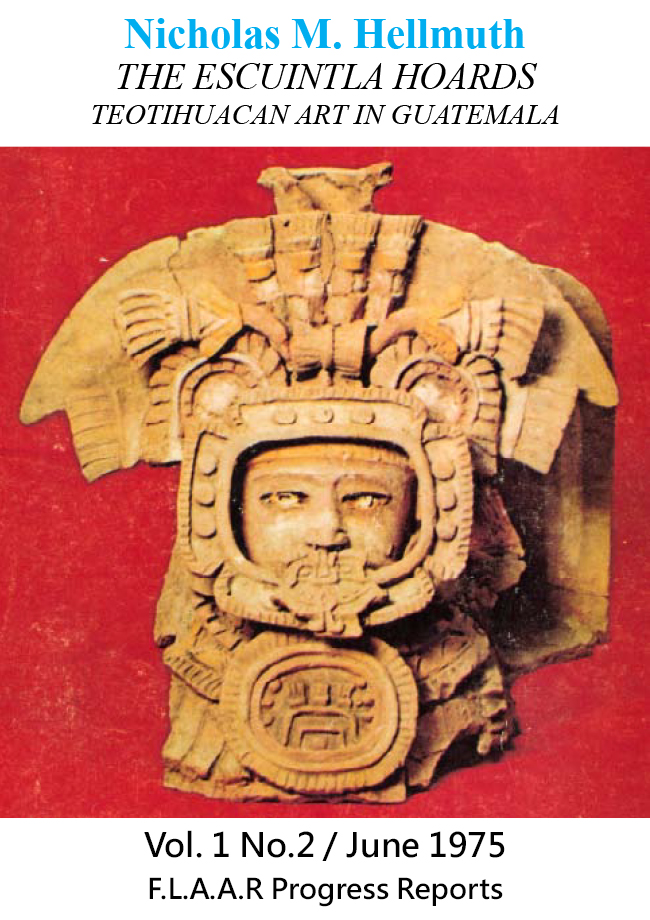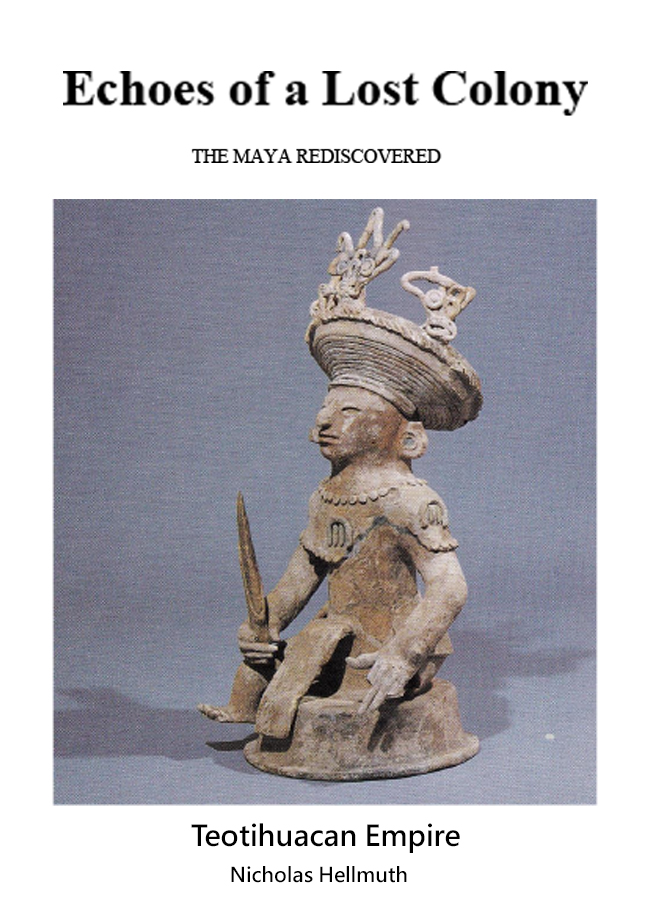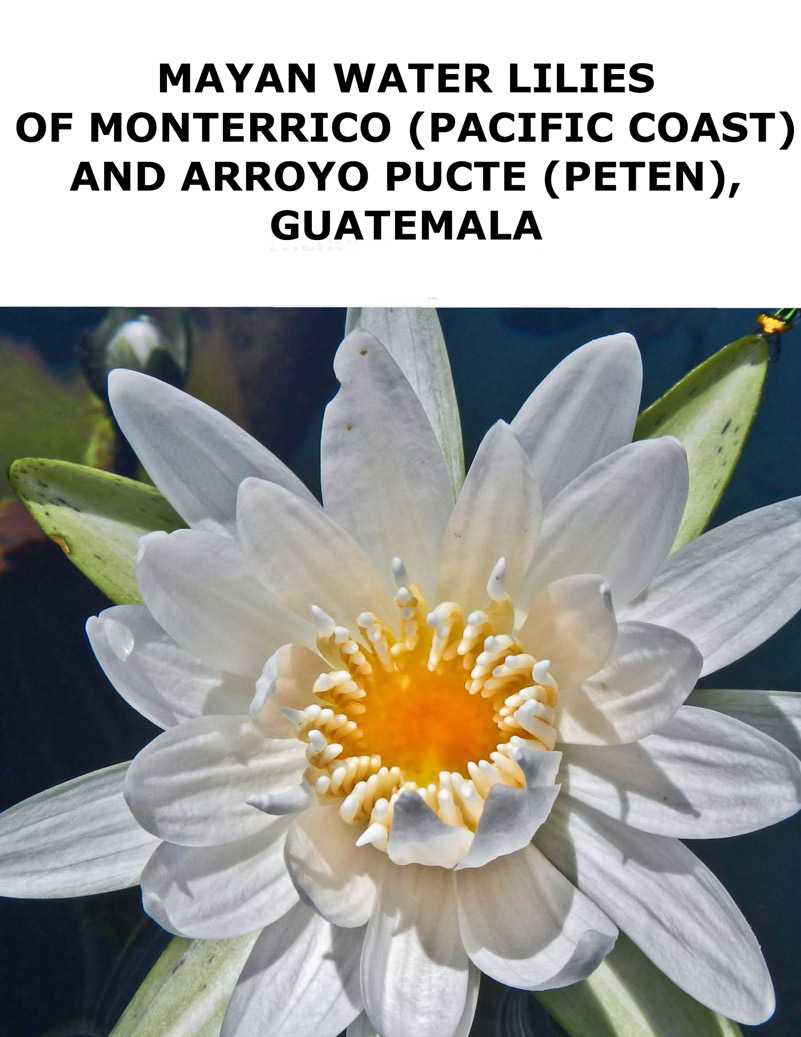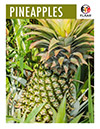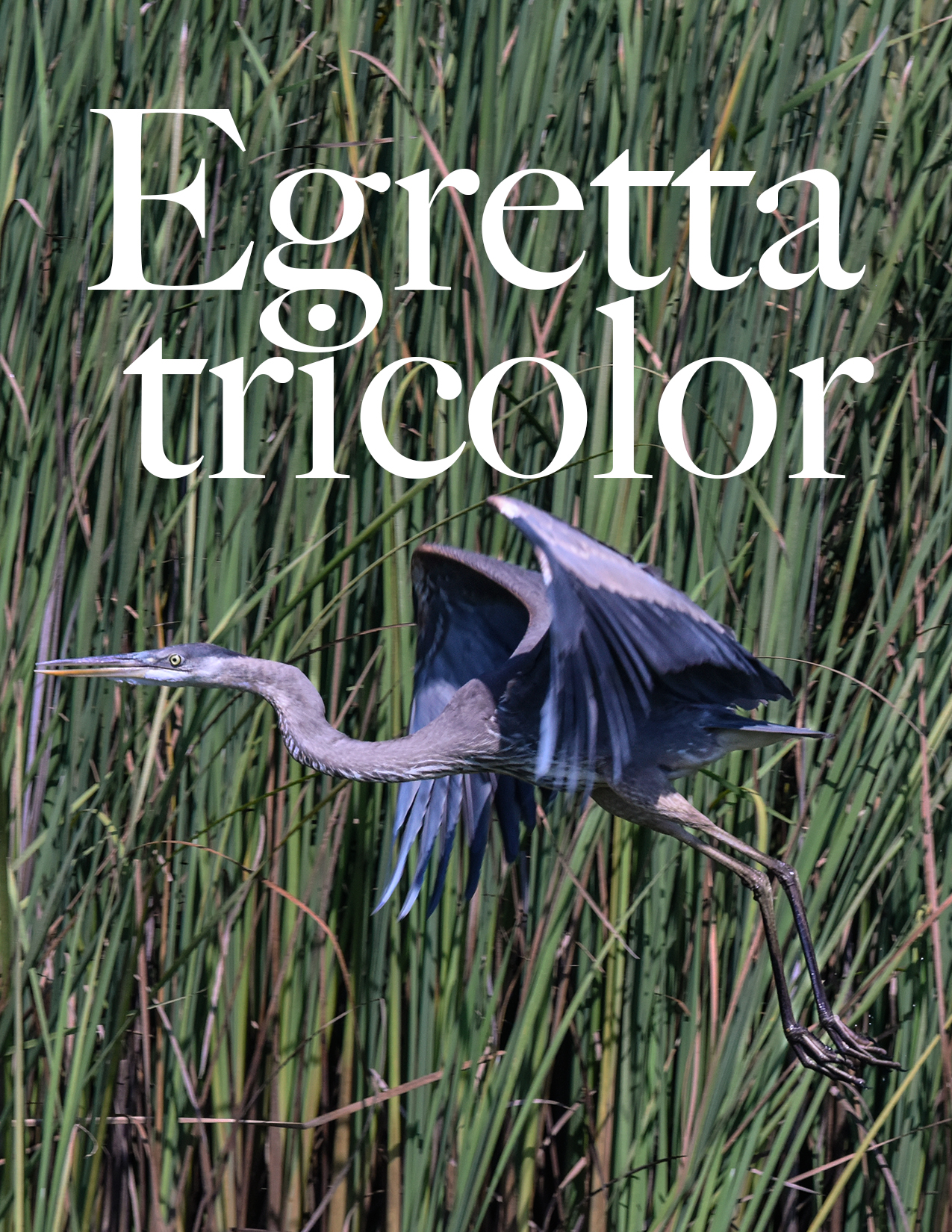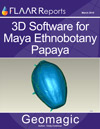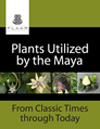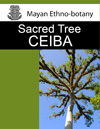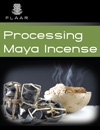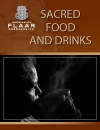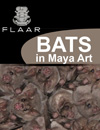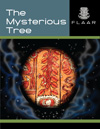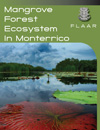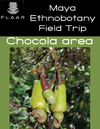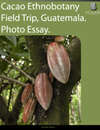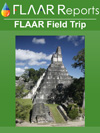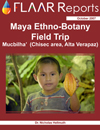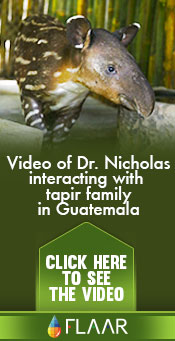Peccaries can be found in Maya diet, art, astronomy, iconography and epigraphy. It is often tough to identify which species is represented in the renditions in stone or ceramic, so usually they are called just generic peccary. But out in the Neotropical forests, the two species are rather distinctive.
- collared peccary, javelina, coche de monte Dicotyles tajacu (but often still listed as Pecari tajacu)
- white-lipped peccary, jabali, Tayassu pecari
Peccaries in Classic Maya Art, Iconography and Epigraphy
Occasionally you can find a peccary as a ceramic figurine. I do not know many peccary shown on stone stelae or altars (other than a recent discovery at a Maya site in Tabasco). However one place you see a lot of reptiles and mammals on stone sculptures is at Copan. And, yes, peccary are pictured in celestial association at Copan. Plus at Copan the best known scene of peccaries is from a carved peccary skull, Tomb 1. This scene has been published over a hundred times over the decades since its discovery. The most recent line drawing is by Barbara Fash, 1989.
In murals peccary are best known for Bonampak. The most thorough recent publications on the murals of Bonampak are by Mary Miller, Yale University. Since the peccary in the Bonampak murals are related to the night sky, you can also read books on Maya astronomy and archaeo-astronomy. There is also a peccary celestial motif in a Sky Band at Chichen Itza. But in most other Sky Bands, such as at Palenque and stelae elsewhere, no naturalistic peccary face or body is in a Sky Band.
But where I see the most renditions of peccary are as tetrapod supports on Early Classic vessels, both polychrome and monochrome (in this case usually black or otherwise dark). In some cases the supports are only three, so technically the vessel is a "tripod" but these are not normally related to cylindrical tripods of Tikal.
Several blackware and several polychrome Early Classic bowls have peccary supports. Normally there are four supports, so these bowls are called tetrapods. Of ones with peccary supports, so far most have no basal flange. We are issuing a separate report on these peccary-head supports where we note that most of the bowls show water birds or other scenes of the watery cosmology of the Maya.
Peccary images in the art of Copan Ruinas, Honduras
The most remarkable images of peccary known in Maya art are from Copan incised peccary skull number 1. This has been published many times over the decades. The most recent line drawing is by Barbara Fash, 1989.
Peccary heads as tetrapod supports for a polychrome ceramic vessel, Tzakol style, photographed over 35 years ago. Many other peccary images are in my PhD dissertation 1986, published in 1987 as Monster und Menschen in der Maya Kunst. The English edition is available as Surface of the Underwaterworld.
In the 1990's I wrote a lengthy inventory of all known peccary-shaped tetrapod supports together with a discussion of mammiform tetrapod supports. Usually the mammiform (breast and nipple-shaped supports) are earlier. Then the supports become less breast-like (but stay globular-shaped). Then the peccary supports evolve from these. So far, however, I have not understood why breasts and peccary snouts are related in Maya cosmology. Hopefully a linguist or ethnozoologist or epigrapher can figure this out.
Peccaries in the Popol Vuh
The Popol Vuh is the sacred book of the Maya for over two thousand years. Peccary are clearly mentioned. There are many published editions, in the original Mayan language, in Spanish, and in English. The translation by Tedlock is good; the translation by Christenson is the edition that I use the most often. Most editions can be downloaded on the Internet. Here is the mention of peccary in the Popol Vuh:
He Who Has Begotten Sons,14 as they are called; along with Hunahpu Possum15 and Hunahpu Coyote,16 Great White Peccary17 and Coati,18 Sovereign19 and Quetzal Serpent,20 Heart of Lake and Heart of Sea,21 Creator of the Green Earth and Creator of the Blue Sky,22
17 Saqi Nima Aq (Great White Peccary). The word saqi may be translated as "light, bright, or white."
Later in the text (p. 98; line 1055), this same god is described as having very white hair due to his advanced age; thus "white" is the most likely translation here. In that same passage, "Great White Peccary" is given as one of the names or titles of the patriarchal creator god Xpiyacoc mentioned in the next paragraph. (Christenson page 52).
There are two species of peccary, or wild pig, living in Central America. Their zoological names change every several decades as zoologists use advanced DNA studies to learn which mammal is descended from which other mammal. But the common terms are continued: Collared Peccary and White-lipped Peccary. The latter is perhaps intended here because it is the larger of the two and is decorated with white facial markings.
"Reveal your names, Hunahpu Possum and Hunahpu Coyote, Great She Who Has Borne Children and Great He Who Has Begotten Sons, Great Peccary and Great Coati, Jeweler and Worker in Precious Stones, Sculptor and Wood Worker, Creator of the Green Earth and Creator of the Blue Sky, Incense101 Maker and Master Artist,102 (Christenson page 69).
They were people who now walked bent over with age. Great White, Peccary was the name of the Grandfather, and Great White Coati was the name of the Grandmother. (Christenson page. 85-86).
Now it was all the animals, both great and small, that had done it—the puma and the jaguar, the deer and the rabbit, the fox and the coyote, the peccary and the coati, the small birds and the great birds. These had done it. In a single night they did it. (Christenson page.138).
The first of these were the puma and the jaguar. The boys wanted to grab them, but they would not give themselves up. Then emerged the deer and the rabbit. They grabbed them by their tails, but these just broke off, leaving the tail of the deer behind in their hands along with the tail of the rabbit. Thus they still have shortened tails.353 Neither would these give themselves up—the fox or the coyote, the peccary or the coati. All the animals just passed on by in front of Hunahpu and Xbalanque. (Christenson page.139).
Then Xbalanque summoned all of the animals—the coati and the peccary, and all the animals both small and great—while it was still dark, early in the morning. He then entreated them for their food: (Christenson page 161).
FLAAR now has a full-color lecture available on iconography, cosmology of Peccary in Classic Maya Art
Our years of photography of both species of peccary of the Maya areas of Guatemala, combined with our over half-century of photography of Maya art in museums around the world, is now available as a PowerPoint lecture by Nicholas Hellmuth.
Further Research on Peccary of the Maya World
We look forward to working together with other iconographers to continue research on iconography of the two species of peccaries, especially on the relationship of peccary with God D (Itzamna, spelled various ways).
Most recently updated, November 3, 2023
While preparing decades of research on iconography and cosmology of peccary in Early Classic and Late Classic Maya art for a PowerPoint presentation.
Updated October 28, 2014
After continuing towards a long range goal of re-publishing Maya art which was used to illustrate my PhD dissertation of 1985 and the subsequent coffee table book publication in 1987.
First posted October 24, 2014
After studying peccaries for the umteenth time at AutoSafari Chapin, near the Pacific Ocean coastal area, Guatemala, Central America.

